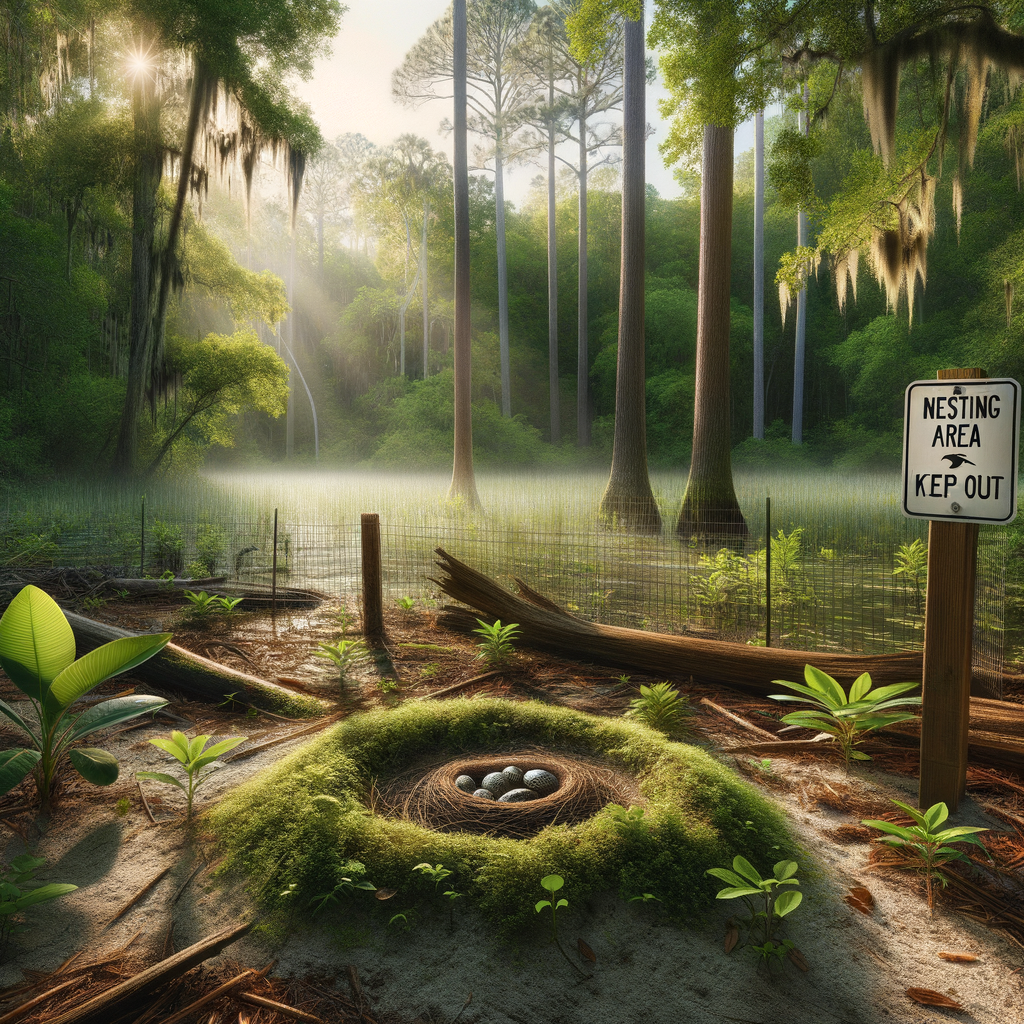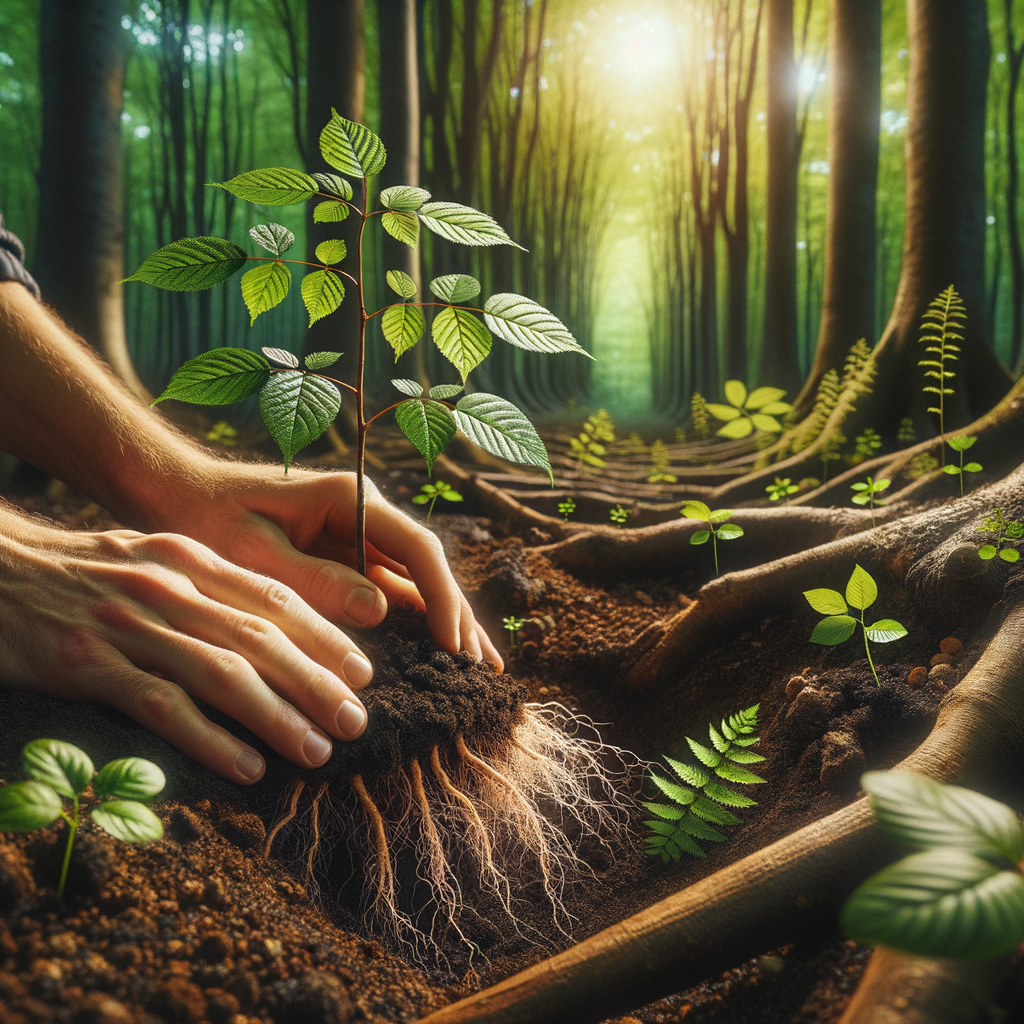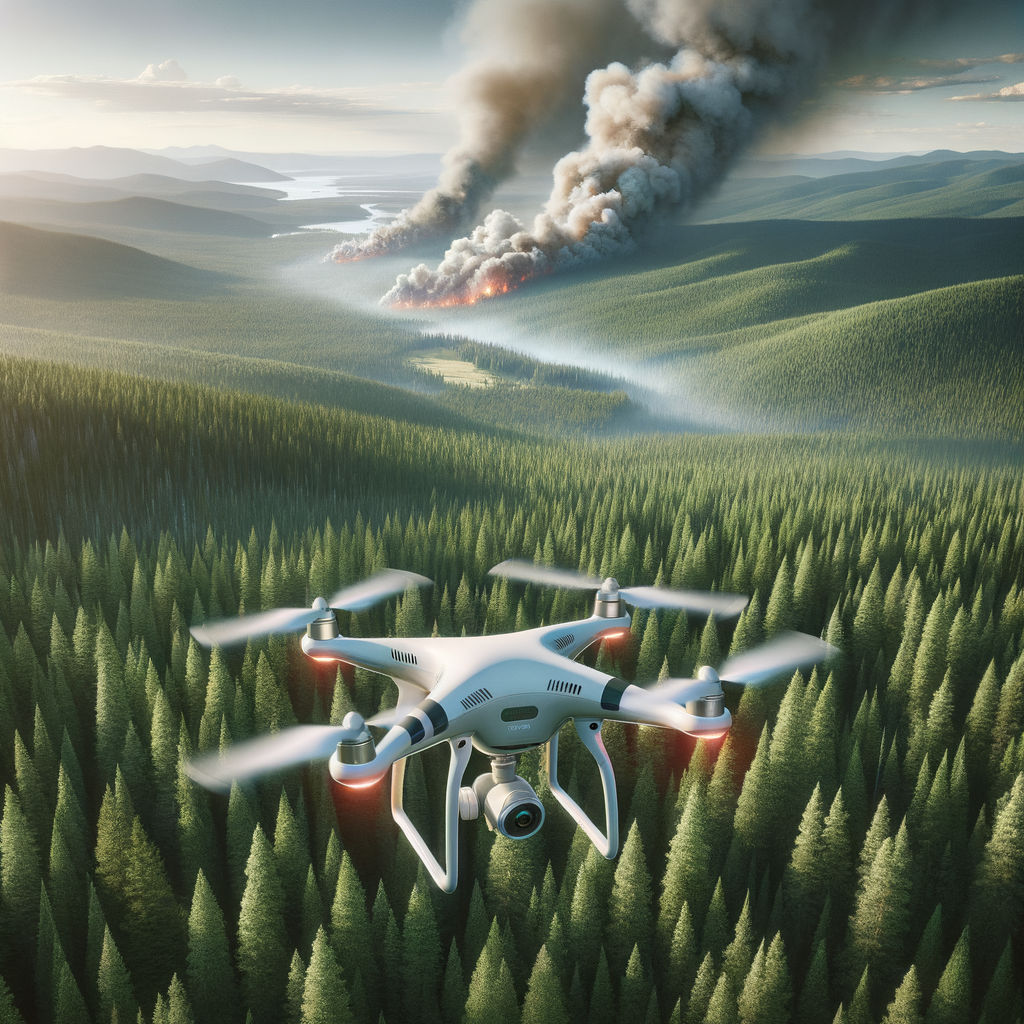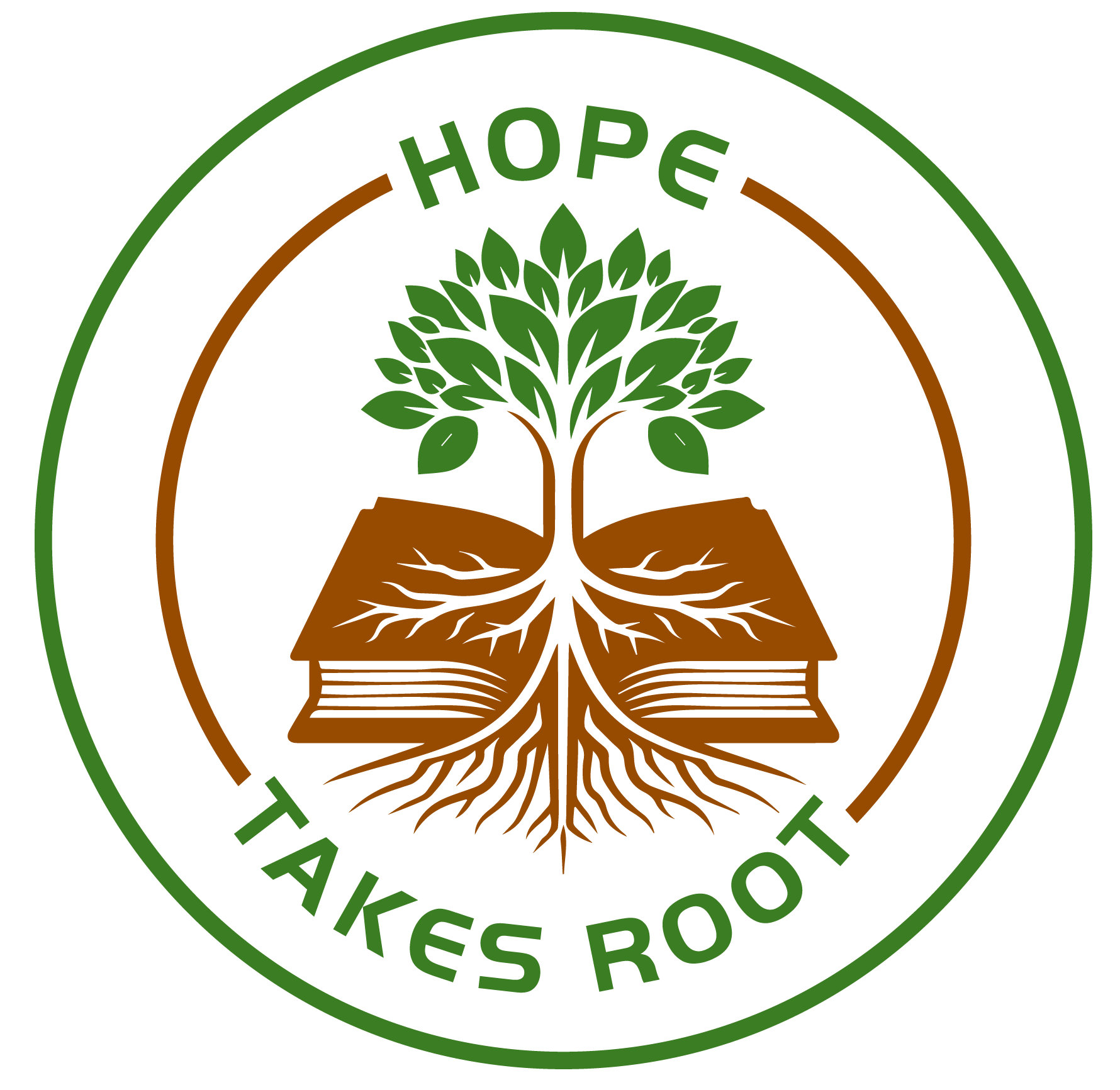Native Grassland Revival Insights for July
There is something deeply satisfying about stepping into a lush native grassland. The swaying grasses, buzzing insects, and birds weaving through the expanse create a living mosaic that feels both timeless and alive. Yet, many native grasslands have been pushed to the brink. Human activity, agriculture, and climate shifts have taken their toll, leaving these ecosystems fragmented and fragile. That is where the work of native grassland revival comes into focus—a vital process of healing and restoring these landscapes so they can flourish once again.
What Is Native Grassland Revival?
Simply put, native grassland revival means repairing and restoring grassland ecosystems that have been damaged or lost. It involves bringing back native grasses, wildflowers, and the animals that depend on them. These ecosystems are not just fields of grass—they are complex webs of life that support pollinators, ground-nesting birds, and countless other species.
Reviving native grasslands goes beyond just planting seeds. Healthy grasslands benefit soil health, improve water retention, and capture carbon. They help buffer against floods and droughts, making the surrounding environment more resilient.
Why Does Grassland Revival Matter?
I have seen both sides of the story. On one hand, there are degraded lands overrun by invasive species, stripped bare by intensive farming. On the other, vibrant grasslands thriving with native plants and wildlife. The difference is striking. Grasslands brought back to life become havens for biodiversity and offer critical ecosystem services.
For communities, native grasslands provide aesthetic beauty, recreational opportunities, and even economic benefits through sustainable agriculture and ecotourism. The revival of these ecosystems reconnects us to the land and the natural rhythms that sustain us.
Core Steps in Reviving Native Grasslands
Restoring a native grassland requires a thoughtful, step-by-step approach:
1. Site Assessment and Planning
You must understand the land’s history and current condition. What grasses once thrived here? What invasive plants or disturbances threaten the area? Gathering this information helps set realistic goals for the project.
2. Removing Invasives and Preparing the Soil
Often, invasive weeds crowd out native species. Clearing these plants carefully and preparing the soil is vital. Sometimes controlled burns or light tilling are used to stimulate growth and reduce competition.
3. Planting Native Seeds
This is the heart of grassland revival. Selecting seeds native to the region, including a variety of grasses and wildflowers, ensures a balanced ecosystem. Diversity matters—for pollinators, soil health, and resilience.
4. Monitoring and Adaptive Management
Nature does not follow a strict script. Regular monitoring allows adjustments in management, such as targeted weed control or supplemental planting, helping the grassland stay on track.
Challenges Along the Way (And How I Have Addressed Them)
Reviving native grasslands is rewarding but challenging. Here are some obstacles I have encountered and how they were managed:
-
Persistent Invasive Species: Some invasives return with vigor. Combining manual removal, herbicides where appropriate, and involving volunteers creates a multi-pronged approach that reduces their hold.
-
Unpredictable Weather: Drought or heavy rains can hamper seed germination. Planting drought-tolerant species and timing projects carefully helps mitigate weather risks.
-
Resource Constraints: Funding and manpower can be limited. Building partnerships with local agencies, nonprofits, and community groups has been essential to sustaining projects.
Stories That Inspire
One project that stands out occurred on land once used intensively for crops but abandoned due to poor soil. After removing invasive species and amending the soil with organic matter, we seeded a diverse mix of native grasses and wildflowers. Over five years, the area transformed into a thriving grassland buzzing with pollinators and visited by grassland bird species rarely seen in the region.
Local schools began holding field trips there, and community members embraced the space as a natural retreat. Watching the grassland grow and knowing that it will support wildlife and people for generations has been incredibly fulfilling.
How You Can Join the Native Grassland Revival Movement
You do not need a science degree or vast landholdings to contribute. Here are practical steps anyone can take:
-
Support Native Plant Nurseries: Purchase native grass and wildflower seeds or plants for your garden to promote local biodiversity.
-
Volunteer With Restoration Groups: Many organizations need hands for planting, invasive weed removal, and monitoring.
-
Advocate for Grassland Conservation: Encourage policymakers to protect and restore native grasslands in your area.
-
Practice Responsible Land Management: If you own land, use sustainable practices that protect soil and native vegetation.
Final Reflection: The Power of Revival
Native grassland revival reminds me that recovery is possible even after damage. It embodies hope, persistence, and harmony with nature. Whether it is through planting a handful of native seeds or supporting larger community projects, every action contributes to a bigger picture. Together, we can bring back these vital ecosystems—restoring beauty, function, and life to lands that deserve to thrive.
Feel inspired? Start by finding a local grassland restoration project or consider planting native grasses in your space today. Your efforts sow the seeds of a greener, wilder future.
